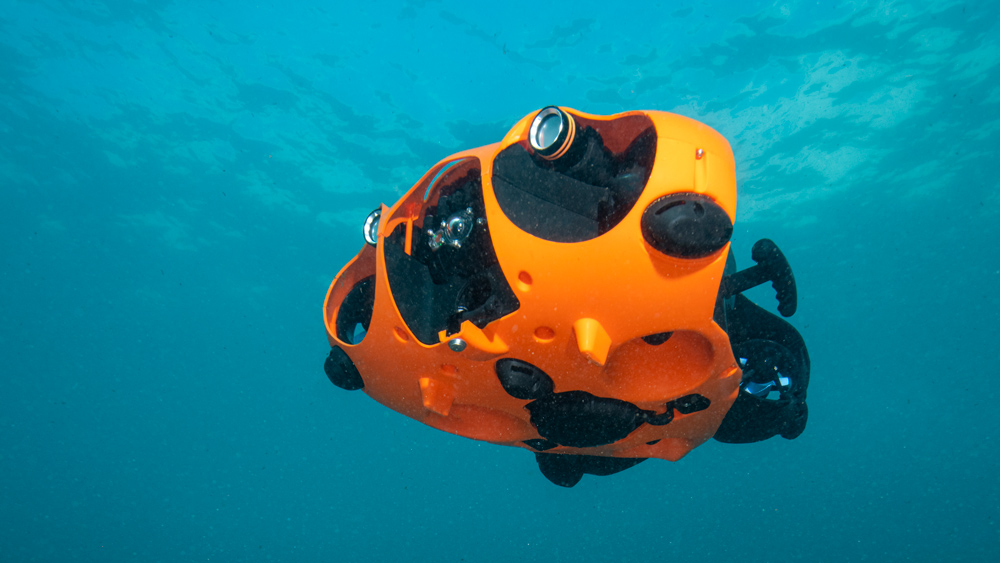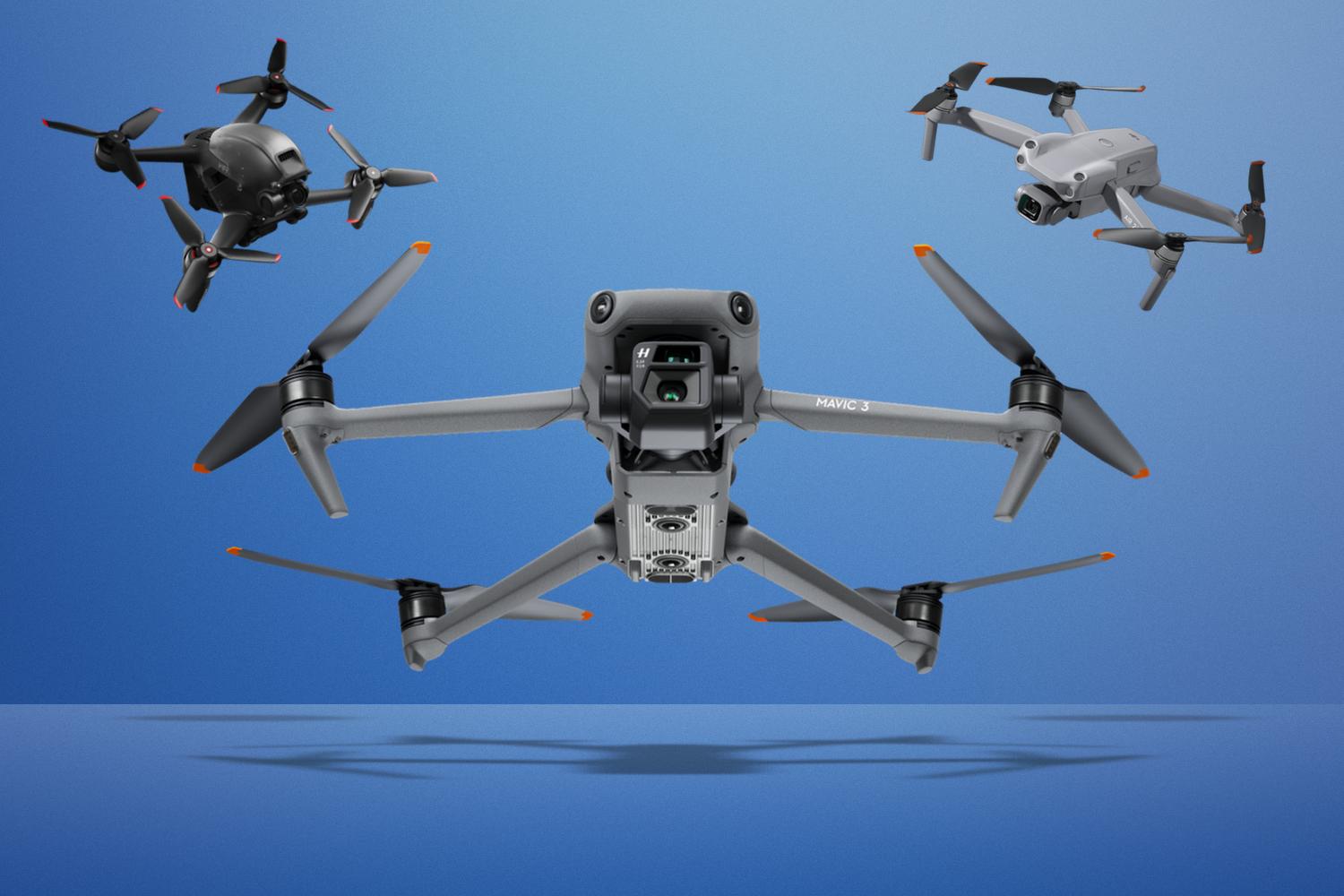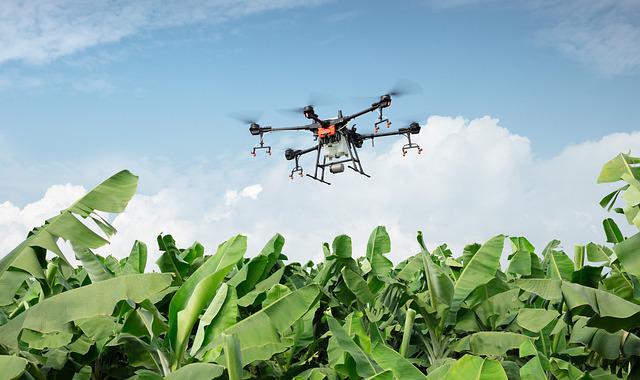
There are several different versions of the RQ-4 Global Hawk, including the Block 20 and 30 variants. This article discusses all variants of the RQ-4A Global Hawk. It also includes information on the Block 20-30, RQ-4A Global Hawk and the marinised RQ-4N. The Global Hawk is used to carry out reconnaissance missions. However, it can also serve many other purposes. Block 20 and 30 models are most commonly used.
RQ-4A Global Hawk
The RQ-4A Global Hawk is an unmanned aerial vehicle developed by Northrop Grumman. It provides persistent near-real-time coverage and is capable of using imagery, signals, and moving target indicator sensors. The Global Hawk will be the first of three unmanned aerial vehicles the Japanese military has ordered. It will provide intelligence collection capabilities for joint combatant forces involved in peacetime, crisis, and contingency operations around the world. It can also be used to cooperatively address common regional challenges.
The RQ-4A Global Hawk is the most widely deployed version of the aircraft. It has served more than 6,500 combat hours, and has been operating since 2001. The aircraft is expected to be deployed to Afghanistan as soon as 2006. The RQ-4B is designed for long term operations. It can carry up to three tons of payload. Two ground control elements and an enhanced integrated payload from the sensor suite are part of the aircraft's design.
RQ-4B, Block 20
The United States Air Force created the Global Hawk unmanned aerial vehicle. The RQ-4A, an unmanned aerial vehicle, was first delivered by the US Navy to it in 2005. Two of these aircraft were purchased by the US Navy. These aircraft are equipped with an AESA radar from Northrop Grumman, Raytheon electro-optic/infrared sensors, and a communications suite developed by L-3 and Sierra Nevada Corp.

The Euro Hawk is based on the Globalhawk RQ-4B Block 20 UAV, which is produced by Northrop Grumman. It is one of most important military UAVs worldwide. The Euro Hawk was modified for German needs and fitted with Cassidian SIGINT sensors by the EADS company. It cost 600 to 800 million euros to build. Global Hawk RQ-4B Block 20 can perform surveillance, reconnaissance and reconnaissance missions.
RQ-4N is a marinised version of the RQ-4A Global Hawk
Northrop Grumman was responsible for the Block 0 or Global Hawk' RQ-4 variant. It was part of their Advanced Concept Technology Demonstration, (ACTD), program. It was designed to develop a U-2 spy aircraft that could autonomously operate anywhere in the world. Global Hawk was a great success. It flew its first test flights 9 September 2003. The aircraft's production rate was increased to more than 12 in a year.
Block 10 Global Hawk construction was completed on May 2007. The American Air Force bought 16 of these aircraft. The last one entered service on 26 July 2006. The block 10-variant had specific specifications. There are currently 59 RQ-4A variants in use. However, only seven of them are still in service. The RQ-4A predecessor was also upgraded to RQ-4B.
RQ-4C Block 30,
The US Air Force has pulled the Global Hawk RQ-4C Block 30 of its operational service. This unmanned aerial vehicle was the first U.S. aircraft to be capable of intercepting enemy missiles or spy planes. However, the RQ-4C Block 30 is now re-engineered to fly again missions. It will carry 3,000 pounds of internal payload. This is the 17th Global Hawk that has flown. Block 20's first flight was on 1 March 2007, and development testing took place in 2008 and 2009.

The USAF began production of the four Global Hawk RQ-4C Block 30 air vehicles in June. The two first aircraft will be delivered in 2018, and the second pair in 2019, respectively. The aircraft will come equipped with the most current sensors and equipment, such as the Enhanced Integrated Sensor Suite. Its new capabilities will give the Japanese military the advantage in a wide range of combat and intelligence operations. Its versatility is a great asset to the Japanese air force.
FAQ
Which US states make drones legal?
It is legal to operate a drone as a hobby. The Federal Aviation Administration (FAA), established guidelines that allow individuals to fly small unmanned aircraft systems. These UASs have to be registered with FAA before they are allowed to fly. The FAA also allows commercial operators to fly these devices if certain conditions are met.
Does the FAA regulate drones?
The FAA oversees all aspects drone operations including safety standards and certification requirements.
Can I fly my drone within my local park
Yes, you can fly drones at parks all around the world. Safety concerns mean that not all countries allow drones to be flown in parks. You can fly drones legally in these places.
Can my drone be flown indoors?
You can fly your drone indoors. It is important to make sure there are no hazards or obstacles in your home. Avoid flying near heating vents, heating vents and air conditioning units.
Is it possible to fly a drone at high altitudes without a license?
The FAA has no limits on the maximum height a drone can fly. However, you must register your unmanned aircraft system (UAS), which includes the registration numbers, model name and weight, size, serialnum, manufacturer's name and date manufactured.
What kind of batteries is a drone using?
The majority of drones run on lithium-ion batteries. A typical drone runs on between 3 and 6-volts.
What are the rules and regulations for drones operation?
The FAA must register your drone. The registration process requires you to provide information about your device, such as its weight, dimensions, battery capacity, operating frequency, and battery life. This registration process requires that you obtain an FAA identification code.
Statistics
- According to Indeed, a drone pilot gets paid $25.73 per hour on average in the US. (dronesgator.com)
- According to industry research from ZipRecruiter , there are 10 cities where the typical salary for a Drone Pilot job is above the national average. (dronesgator.com)
- With the top 10% making over $100/h and the bottom 10% making as low as $10/h. (dronesgator.com)
External Links
How To
How To Fly Drones For Beginners
A drone is an unmanned aerial vehicle that can be remotely controlled and used for surveillance, aerial photography, film production, research, and other hobby purposes. Drone technology has been around since World War II. DJI's Phantom series of quadcopters was the first to be commercially used. There have been many drones made since then. These range from beginner-friendly drones like Parrot AR Drone 2.0 to more advanced multi-rotor craft like DJI Mavic Pro.
There are many options for flying a drone.
-
Remote control: This uses a remote control device that attaches to your hand and allows you control the drone along its flight path. There are two main types, On/Off switches (like radios) and joysticks.
-
Manual Control - Using a smartphone app, this method allows users to remotely operate the drone via GPS coordinates. The app will give you instructions.
-
Autonomous Flight – This is when the drone handles all the piloting tasks. It is basically flying autonomously and without human intervention. To enable autonomous flight, the drone should have a built in camera and sensors capable recording images and data.
-
Triggered Flight – This method is very similar to manual flight. The pilot creates a route that the drone will follow until it reaches the destination. The drone automatically lands once the route has been completed and returns to the base.
-
Landing Gear: Some drones have landing gear that allows them safely to land in case they lose power or run low on battery.
-
Goggles: Some pilots use goggles in order to protect themselves against debris when operating.
-
Camera - Some drones can be equipped with cameras which enable you to capture photos from the sky.
-
Obstacles – Some drones have obstacle avoidance systems that stop them from colliding with obstacles.
-
Speed - Some drones can reach speeds of over 40 mph.
-
Battery Life - Most drones can last between 20 minutes to 3 hours, depending on how much power you're using.
-
Distance - Some drones can travel up 30 miles depending on the model.
-
Power source: Some drones will require an external power source while others can be powered by internal batteries.
-
Weight - Some drones weigh less than 1 pound, whereas other models weigh up to 4 pounds.
-
Size - From small drones that can be carried in the palm of one's hand to larger drones that weigh over 50 pounds, drones come in a variety of sizes.
-
Price - Drones come in a variety of price categories, including high-end models which can run into the thousands and low-cost options that can start at $100.